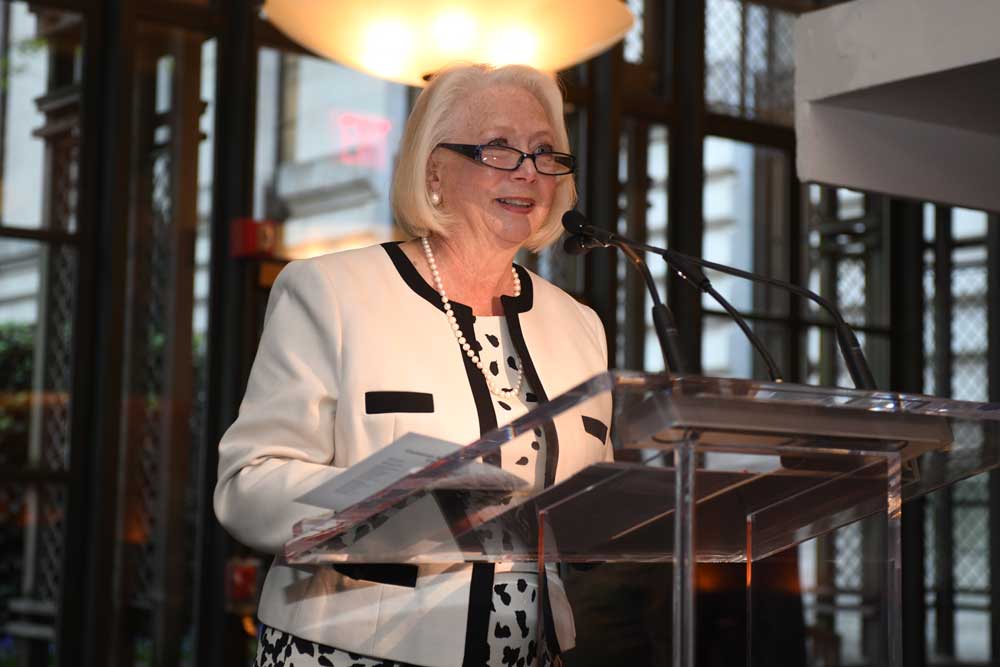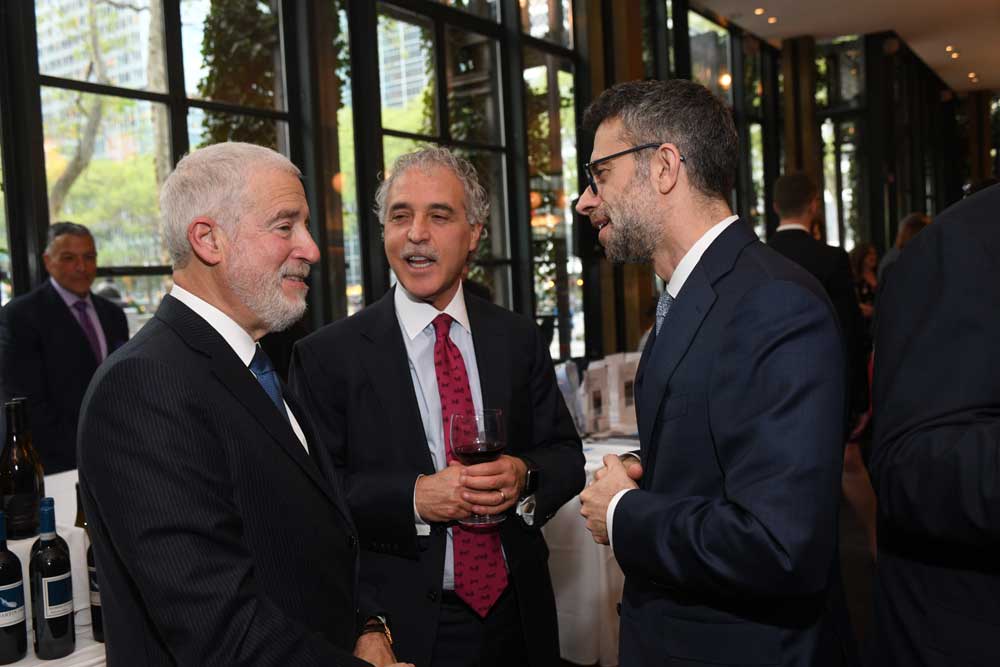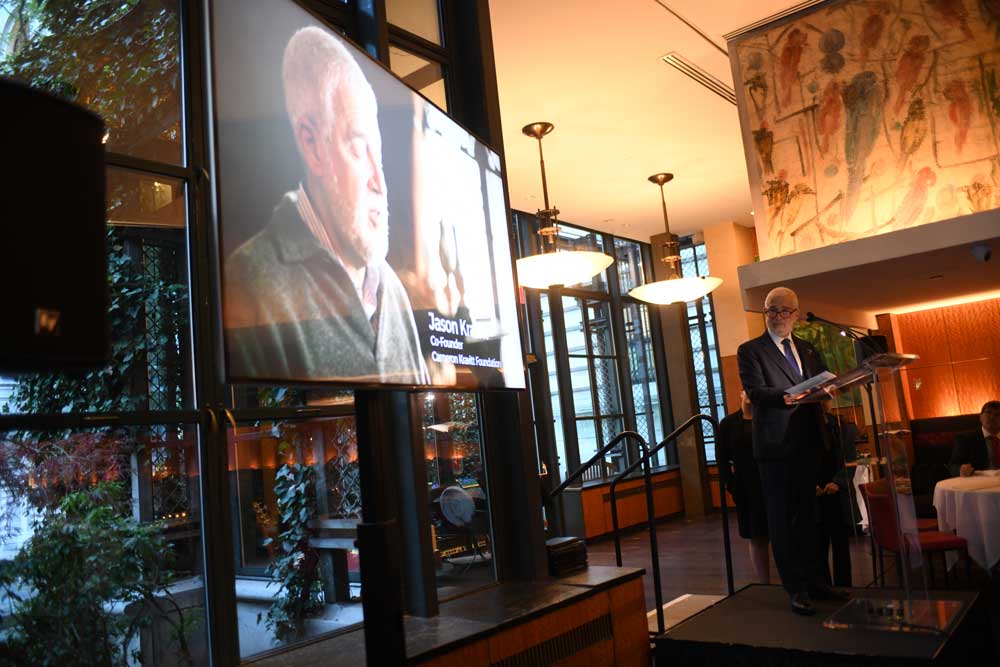at The Johns Hopkins Hospital
What is a postmortem examination?
A postmortem examination (autopsy) is the scientific examination of all internal organs of a deceased patient. All organs, including the eyes, brain and spinal cord, are removed and inspected. Samples are then checked under the microscope.
Sometimes specialized tests are done on the tissue or on blood or other fluids. Based on the autopsy, the pathologist may be able to:
- Determine the cause of death
- Identify the cause of disease
- Document the severity of the disease
- Determine the effects of treatment
- Identify hidden disease processes
What are the advantages to the family of having an autopsy?
Many families find peace of mind in knowing more about why their loved one dies. Others are interested in learning more about any diseases that might run in the family. Many people get a feeling of satisfaction from helping improve medical care for other patients in the future. Some are particularly interested in supporting research into specific diseases such as Alzheimer’s disease or cancer.
What are the limitations of the autopsy?
The autopsy only examines the organs at the time of death, when diseases may be far advanced. Sometimes different diseases can have the same final appearance. Therefore, we may not always be able to identify the original problem. Also, some problems do not produce microscopic changes for us to find. All autopsy results should be interpreted with the help of a physician who knows the patient’s history.
What is physically done to the body?
A single incision is made in the chest and abdomen to remove the internal organs. Samples of the spine and spinal cord are also taken through this incision. The brain is removed through a separate incision at the back of the head. Rarely, incisions are made in the arms or legs to biopsy nerves or muscle. The incisions are closed in preparation for the funeral home. The incisions will not be visible at the time of viewing, even if the brain and eyes have been removed. The face is not affected in any way. The entire process takes approximately three hours and will generally not delay the family’s funeral plans. All organs are kept at Hopkins until the diagnoses are complete. Samples of specific organs or tissues may be kept longer.
Are the tissues used for research or teaching?
In most cases, the tissues are used purely for the patient’s diagnosis. Occasionally some tissue samples may be used for research or teaching. All requests for tissue are subject to strict federal laws designed to protect the patient’s privacy. Hopkins does not do autopsies purely for research and education. If a family would like to donate their loved one’s body to science instead of having an autopsy, they should contact the Maryland State Anatomy Board (410-547-1222).
What if the family wants to restrict what is done during the autopsy?
The autopsy will be performed according to the family’s wishes. If the family does not want the brain removed, for example, they may state that on the consent form. If they would like the organs returned with the body, they may request that. Keep in mind, though, that your restrictions may limit the information that can be obtained. Autopsies often reveal diseases in organs that were not thought to be affected.
Who pays for the autopsy?
If the patient died while at The Johns Hopkins Hospital, all costs will be covered by the hospital.
How can a family find out the results?
Families can call their Hopkins physician or request a copy of the report on the Autopsy Consent Form. They must include their mailing address. If they decide later that they want the report, they may call the Autopsy Office at 410-955-3510. if there is a family physician who should get a copy, they should include the name and address on the consent form. The complete report will be available within 30-60 days.
What if I have more questions?
For additional information, page the Autopsy Resident on call.





